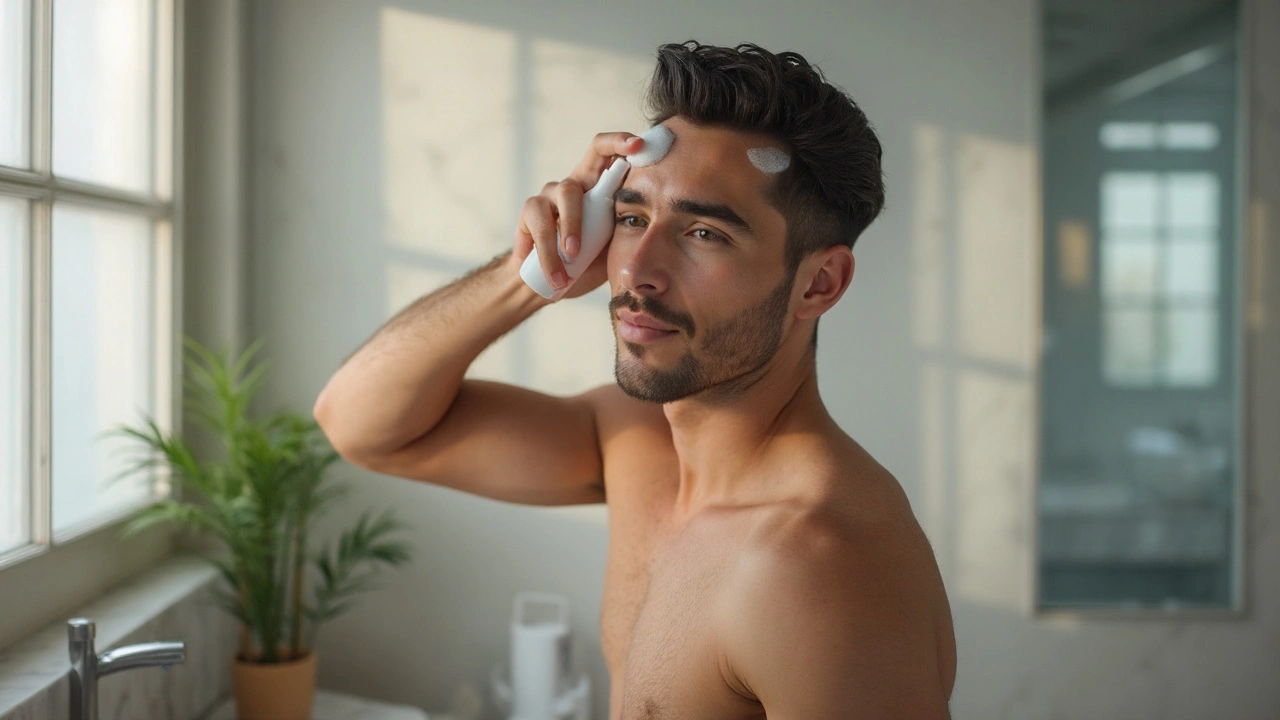Hair Loss Treatment Guide – What Works and What Doesn’t
If you’ve noticed more strands on your pillow or in the shower, you’re not alone. Hair loss can feel personal, but the good news is there are real, practical steps you can take right now. In this guide we’ll break down the most common reasons for thinning hair, point out the treatments that actually deliver results, and give you a quick checklist you can use today.
Figure Out What’s Causing Your Hair Loss
The first thing to do is figure out why your hair is slipping. Stress, hormones, nutrition, and genetics all play a part, and each one calls for a different fix. A quick self‑check can save you months of trial‑and‑error.
- Stress‑related shedding – Often shows up a few weeks after a big life event. The hair usually regrows if you manage stress.
- Hormonal changes – Pregnancy, menopause, or thyroid issues can trigger thinning. A simple blood test will tell you if hormones are off‑balance.
- Nutrition gaps – Low iron, zinc, or vitamin D can starve follicles. A short diet review or a quick blood panel can pinpoint the deficiency.
- Genetic pattern baldness (androgenetic alopecia) – This is the most common type and tends to follow a family pattern. It often needs medical treatment.
Once you know the likely cause, you can match it with the right treatment.
Top Over‑the‑Counter and Prescription Options
Here’s a no‑nonsense rundown of the products that consistently show up in clinical studies and real‑world reviews.
- Minoxidil (Rogaine) – A topical foam or liquid you apply twice a day. Works best for early‑stage thinning and can be used by both men and women.
- Finasteride (Propecia) – A daily pill that blocks the hormone DHT, the main driver of genetic baldness. Requires a prescription but delivers solid results for many users.
- Biotin supplements – If you’re low on this B‑vitamin, a 5,000‑10,000 µg daily dose can improve hair strength. Not a miracle cure, but a useful add‑on for weak strands.
- Iron or zinc tablets – Only take these if a blood test shows a deficiency. Over‑supplementing can cause other issues, so follow a doctor’s guidance.
- Natural oils (rosemary, pumpkin seed) – Massaging a few drops into the scalp a few times a week can boost circulation. The science is still emerging, but many users report a thicker feel.
When you start a new regimen, give it at least three months before judging. Hair grows slowly, and most treatments need consistent use to show visible change.
Quick checklist:
- Identify the likely cause (stress, hormones, nutrition, genetics).
- Get a basic blood panel if you suspect a deficiency.
- Pick one proven treatment (minoxidil, finasteride, or a targeted supplement).
- Apply or take the product exactly as directed – no shortcuts.
- Track progress with photos every four weeks.
Remember, the best hair loss plan is the one you can stick to. If one product doesn’t work, don’t give up – switch to another or combine approaches under a doctor’s advice. With the right info and a steady routine, you can keep more of your hair and feel more confident about the mirror.
Learn what Rogaine 2 is, how the minoxidil foam works, step‑by‑step application tips, expected results and common side effects. A practical guide for anyone considering this hair‑loss solution.

